The skeleton of the new found Welsh dinosaur will be displayed to the public today.
The fossils contained in four blocks of rock will be on display in a showroom of the Main Hall at National Museum Cardiff until 31 December 2016.
.embed-container { position: relative; padding-bottom: 56.25%; height: 0; overflow: hidden; max-width: 100%; } .embed-container iframe, .embed-container object, .embed-container embed { position: absolute; top: 0; left: 0; width: 100%; height: 100%; }
The new Welsh dinosaur is a completely new species, previously unknown to scientists, making this discovery even more exciting.
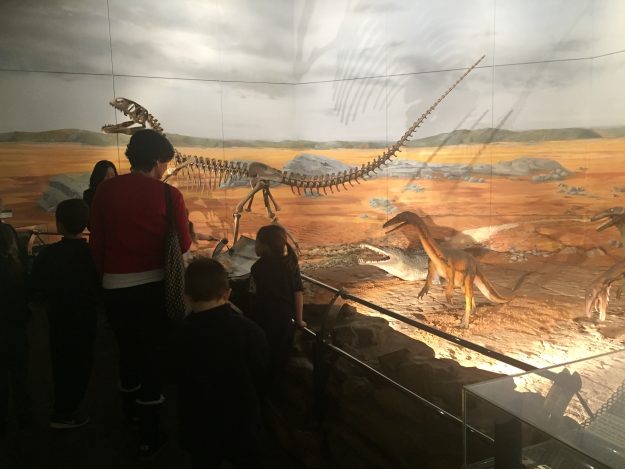
“It’s definitely an exciting news for the whole Wales, even for the world, and especially for children. You know, kids love dinosaurs,” said Brian Smiths, 67, who brought his little granddaughter here to see the dinosaur.
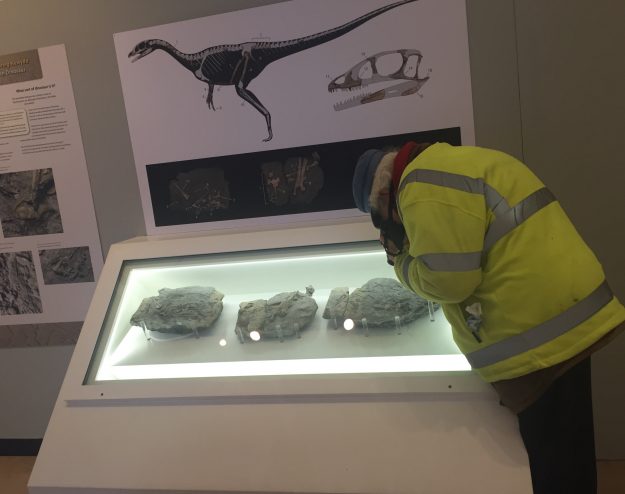
The new Welsh dinosaur has been officially given the name Dracoraptor haniigani which means “Hanigan’s Dragon Thief”. It was a distant cousin of Tyrannosaurus rex, although it lived about 130 million years earlier.
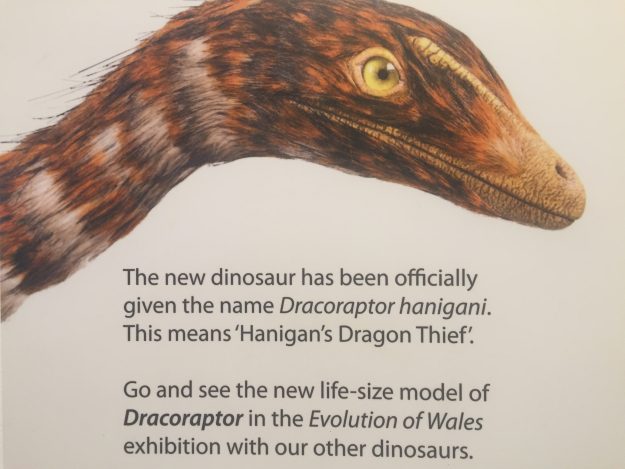
In 2014, brothers Nick and Rob Hanigan made the discovery of lifetime when they went regular fossil hunting in the Penarth erea. They found several loose blocks and recognized that some of them contained pieces of fossilized bone. Examination was then carried out to identify the mysterious creature. The teeth and bones suggested that the exciting discovery was indeed a new dinosaur!
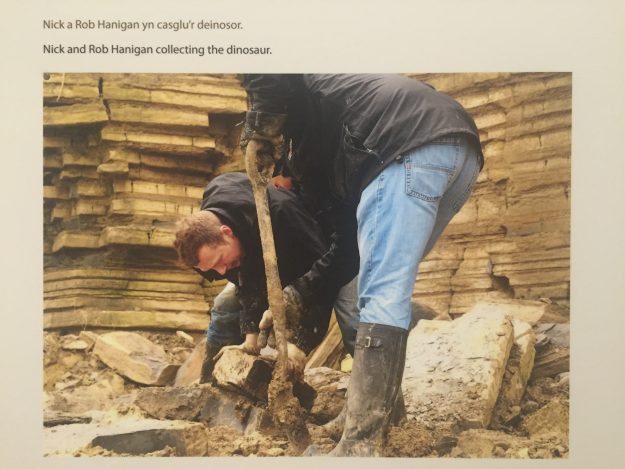
In August 2015, a student called Sam Davies found the fossilized bones from the foot of the this dinosaur and donated to the National Museum Cardiff.
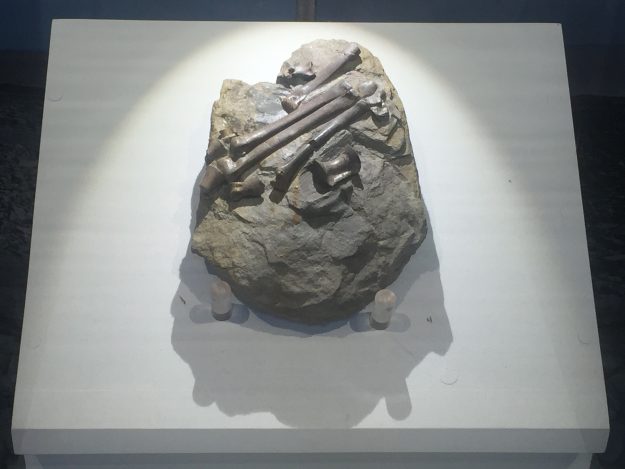
National Museum Cardiff aims to use information within the fossils which represent the diversity of Welsh geology to reveal the evolution of Wales and tries to build a image of how life has evolved on Earth for future generations.
